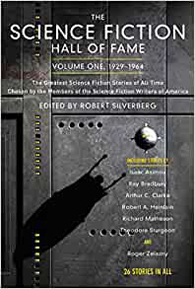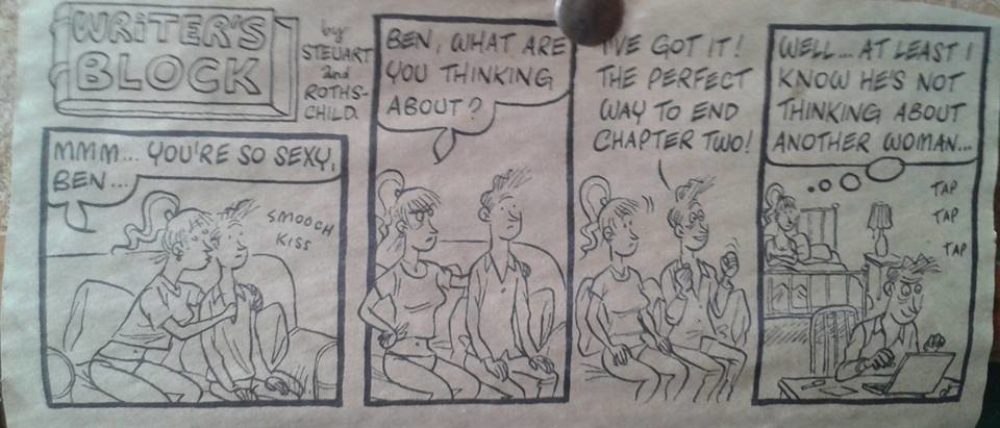 The Science Fiction Hall of Fame, Volume One 1929-1964, ed. Robert Silverberg
The Science Fiction Hall of Fame, Volume One 1929-1964, ed. Robert Silverberg
This is the motherlode. The uncut drug. Aslan’s Country to the shadowlands of a further half century’s scribblings. This is my C.S. Lewis-experiencing-Joy moment. The accreted cynicism of 40 years of reading sf fell away and I was back in my teens reading compulsively under the bedsheets.
SFWA invented the Nebula Award in the mid-60s, so this is the collection of stories voted by SFWA members most likely to have won a Nebula if one had existed at the time. It has aged pretty well, though you have to make the mental adjustment that the protagonists are almost (but still not 100%) certainly WASP males, and any extrapolated future society has been extrapolated from 30s and 40s east coast America. But apart from that. Some stories with the best will in the world haven’t held up. Some you read with the amused tolerance of an adult listening to a five-year-old describe something you already know perfectly well, but the key thing is that the five-year-old has worked it out for themselves, based on first principles, and you realise that in some small way you’re witnessing the world change forever. And some still hold up entirely: ‘Nightfall’ (which made me dream of the end of the world that night); the original ‘Flowers for Algernon’ (something in my eye); ‘It’s a GOOD Life’ (shudders). And it has the story that got me writing in first place, Anthony Boucher’s ‘The Quest for St Aquin’, featuring a robot that uses Aquinan logic to deduce the existence of God.
My reason for getting the book at all was a vague memory of a time travel story I read as a teen, in which the medical kit of a far-future doctor somehow ends up in the present day (i.e. the 1950s) and resurrects the career of a struck-off alcoholic doctor With Unforeseen Consequences (the best type of consequence, really). A friend suggested this was C.M. Kornbluth’s ‘The Little Black Bag’, and lo, he was right, and as it’s in this collection I put it on my Amazon wishlist for Christmas.
It’s one of the stories that still works pretty well. I hadn’t heard of Kornbluth when I read the story at 14 or 15 and I certainly missed the point that it’s congruent with his ‘Marching Morons’ vision of the future: the reason the Little Black Bag is so clever is that it spares its human owner, who is technically a G.P., from having to be burdened with any medical knowledge at all.
In fact there are a couple of “far future artefact ends up in the 1940s” stories (‘Mimsy Were the Borogroves’ being the other) so it must have been a thing back then. ‘Mimsy’ features the horrifically Cassandra-level prophecy that “We can’t visualize a world based on the x factor” (sic). How true, how true. I tried sending that to Thog, but Langford had no idea what the X Factor is. Meh.
I had a strange nagging feeling that something was missing, and finally realised it’s any kind of commentary on each story. It’s interesting that one of Harlan Ellison’s many reasons for the continued non-appearance of The Positively Absolutely Last Spit on the Ceiling Cross My Heart and Hope to Die Dangerous Visions was the time taken to write an intro and outro to each story. In other words, to turn the whole thing into an Ellison project. Whereas for this collection, Silverbob just writes a brief intro to the whole thing, explaining how the stories were selected, and then lets the stories speak for themselves. This may be one of the key differences between being Robert Silverberg, generally liked and respected by everyone in the sf community, and being Harlan Ellison.
